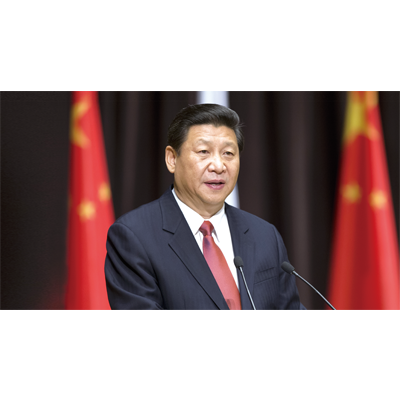
The third term of Xi Jinping, the status and forecast of education in China
20th CPC Congress Report and education policies
The People's Daily reported the results of the recent survey on catchphrases in January 2023. According to the report, the most popular phrase in 2022 was the “20th National Congress of the Communist Party of China ("20th CPC Congress")”. The 20th CPC Congress was held in Beijing from Oct. 14 to Oct. 22, 2022. Through the Congress, President Xi Jinping secured the third term as the paramount leader. It was taken for granted that the phrase Chinese were most interested in would be “20th CPC Congress” as the media reports were mostly about the 20th CPC Congress.
President Xi Jinping presented development strategies of China divided into 14 categories in the report to the 20th CPC Congress. Among them, education, the toll for nurturing future generations, could be critical in gauging the direction of the future of China. Xi Jinping stated in the report that “We must nurture a new generation who will take on the big mission of national revival and the Party and deepen education on patriotism, groupism, and socialism while intensely expanding promotion and education on the core values of socialism.” Thus, the direction of education policies of the Chinese government can be forecasted when we review the 20th CPC Congress Report and related coverage by the Chinese media.
Woo Sung-min, Researcher at NAHF International Relations and Historical Dialogue Research Institute